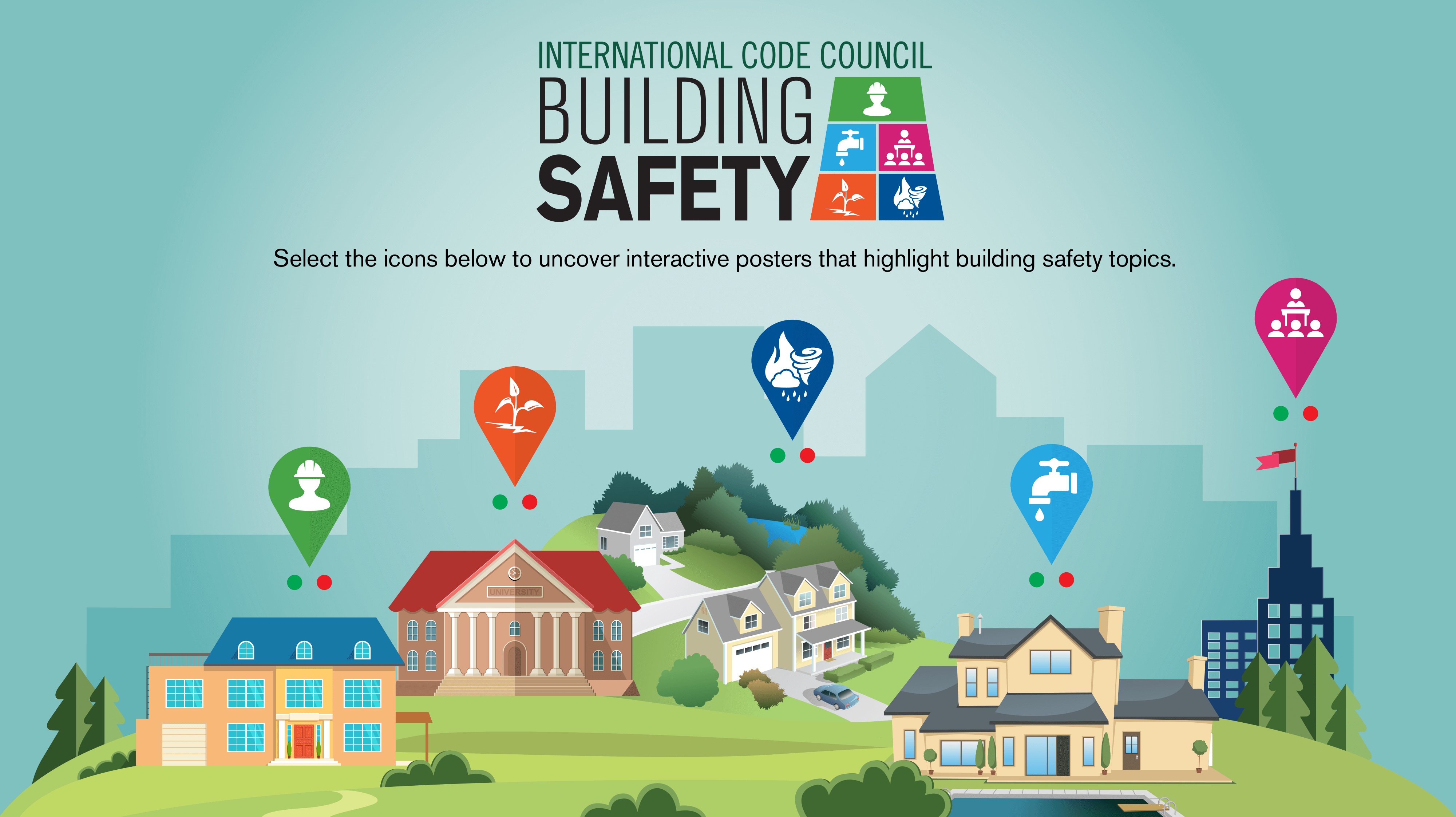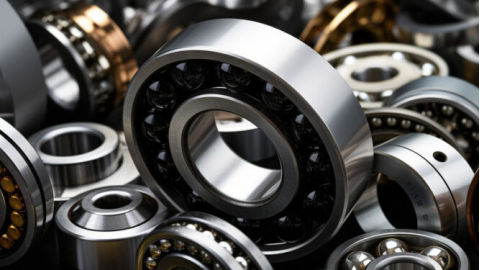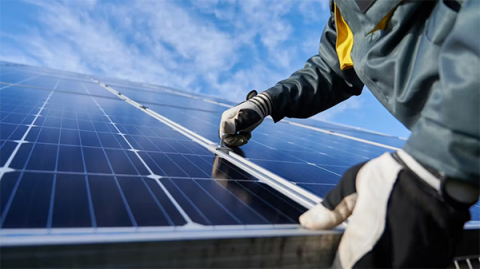Top 10 Building Security and Machine Safety Companies
Building security and machine safety are core components of modern industrial and commercial facilities. They protect people, assets, and operational continuity. Building security covers access control, surveillance, and intrusion detection. Machine safety focuses on preventing workplace accidents with guards, emergency stops, and risk assessment. The integration of IoT and AI is transforming these fields, offering smarter and more efficient solutions. This guide explores how top companies use innovative technology to meet these challenges.

Core Elements of Building Security
Building security has key components. Access control systems use biometrics or card technology to restrict unauthorized entry. Video surveillance uses high-definition cameras and AI analysis for real-time threat detection. Intrusion detection systems include motion sensors and alarms for instant response. Integrated platforms unify these elements for centralized management, often through cloud-based software for remote monitoring. Cybersecurity is vital because connected devices are vulnerable to hacking; they need encryption and regular updates. Standards like ISO 27001 ensure compliance. Smart buildings use predictive maintenance to reduce downtime.
Basic Principles of Machine Safety
Machine safety starts with risk assessment. This process identifies potential hazards like pinch points or electrical faults. Protective measures include physical guards and light curtains to prevent contact with moving parts. Emergency stop devices allow for quick shutdowns to minimize injury. Standards like ISO 13849 and ANSI B11 define required safety performance levels. Functional safety uses redundant systems and self-check mechanisms for reliability. For example, safety interlocks in automated production lines use sensors to prevent machine startup during maintenance. Training is critical because human error is a common cause of accidents.
Overview of Top Building Security Companies
Leading companies specialize in different areas. One company focuses on AI-driven video analytics for real-time behavior detection to reduce false alarms. Another develops integrated access systems that support mobile credentials and multi-factor authentication. A third excels in cybersecurity, providing end-to-end encryption for cloud-based solutions. These firms have a global impact, with deployments in smart city projects. Innovations include drone surveillance and IoT sensors for environmental monitoring. They offer strong customer support, including 24/7 response and custom installation services. Market leaders often hold UL certification for their products.
In-Depth Look at Top Machine Safety Companies
The leaders in machine safety offer specialized solutions. One provider supplies comprehensive safety relays and controllers that comply with IEC 62061 standards. Another specializes in robotic safety, developing force-limiting technology for collaborative robots. A third company offers risk assessment software to help clients visualize hazard zones. Their products include safety light curtains and emergency stop buttons, often bearing the CE mark for EU compliance. In manufacturing, such as automotive assembly lines, safety scanners are common applications. These companies invest in R&D, using AI algorithms for predictive maintenance to lower accident rates. They often partner with organizations like OSHA to improve workplace standards.
Innovative Technologies and Future Trends
Emerging technologies are reshaping safety. IoT integration allows devices to connect, enabling real-time data sharing and automated responses. AI powers predictive analytics, identifying patterns to prevent accidents through machine learning. Augmented reality offers training simulations to enhance operator safety awareness. The rollout of 5G enables faster communication for emergency systems. Sustainability trends include energy-efficient safety equipment to reduce carbon footprints. Digital twin technology allows for virtual testing of safety protocols. Future directions may include wider use of blockchain for immutable audit logs and adaptive safety systems that self-adjust to environmental changes.
How to Choose the Right Supplier
Selecting a supplier requires a clear evaluation process. Start with a needs analysis to identify specific risks, such as fire or unauthorized access. Check for certifications like ISO 9001 for quality management and IEC 61508 for functional safety. Assess product compatibility to ensure new systems integrate with existing infrastructure via APIs or standard protocols. Consider cost factors, including initial investment, maintenance fees, and ROI calculations based on accident reduction savings. Review customer testimonials and case studies to find proven track records in similar industries. Pilot projects can test system reliability. Also, evaluate the supplier's global support network for quick repairs. Avoid common pitfalls like over-reliance on a single technology or neglecting employee training.




